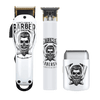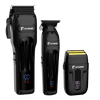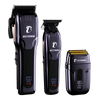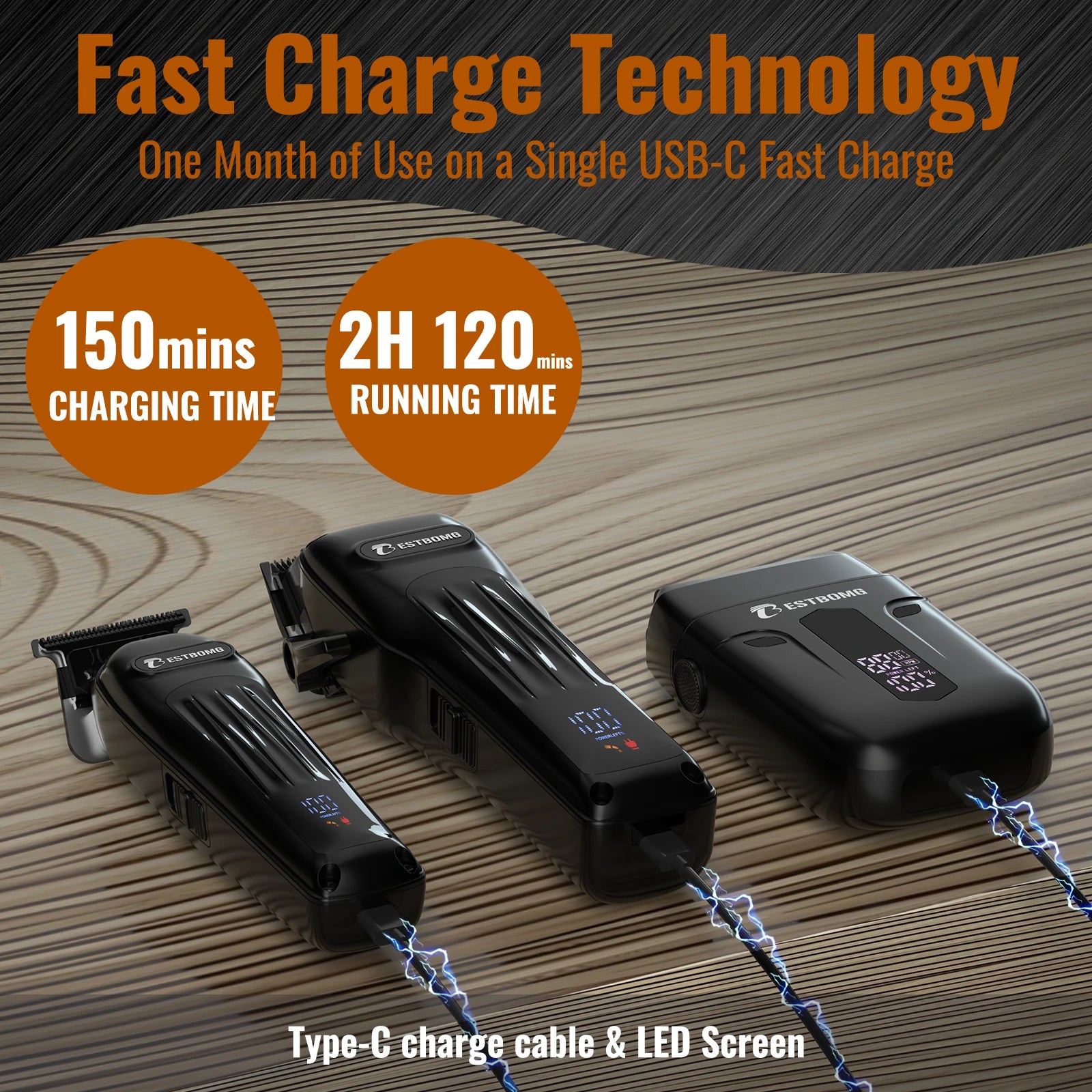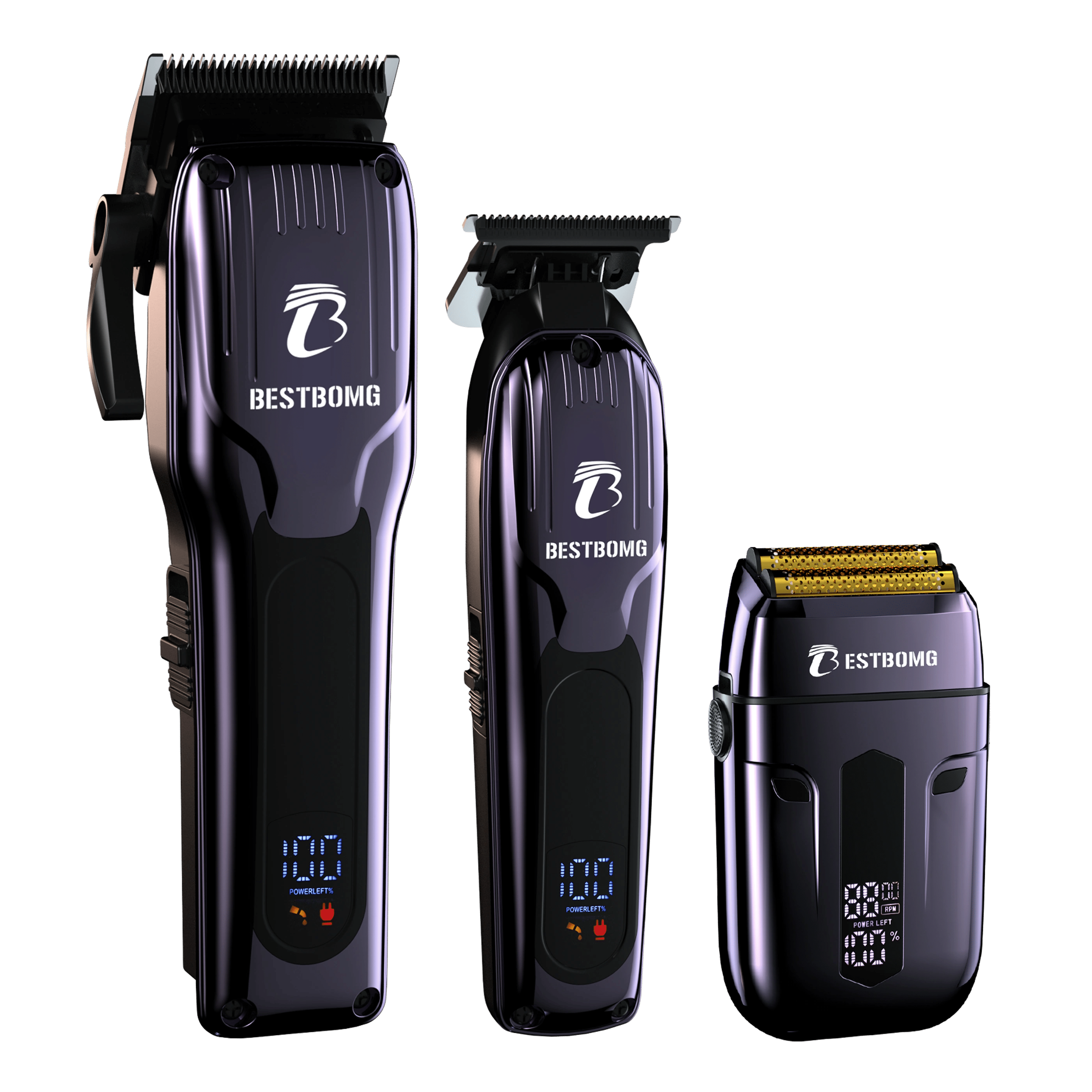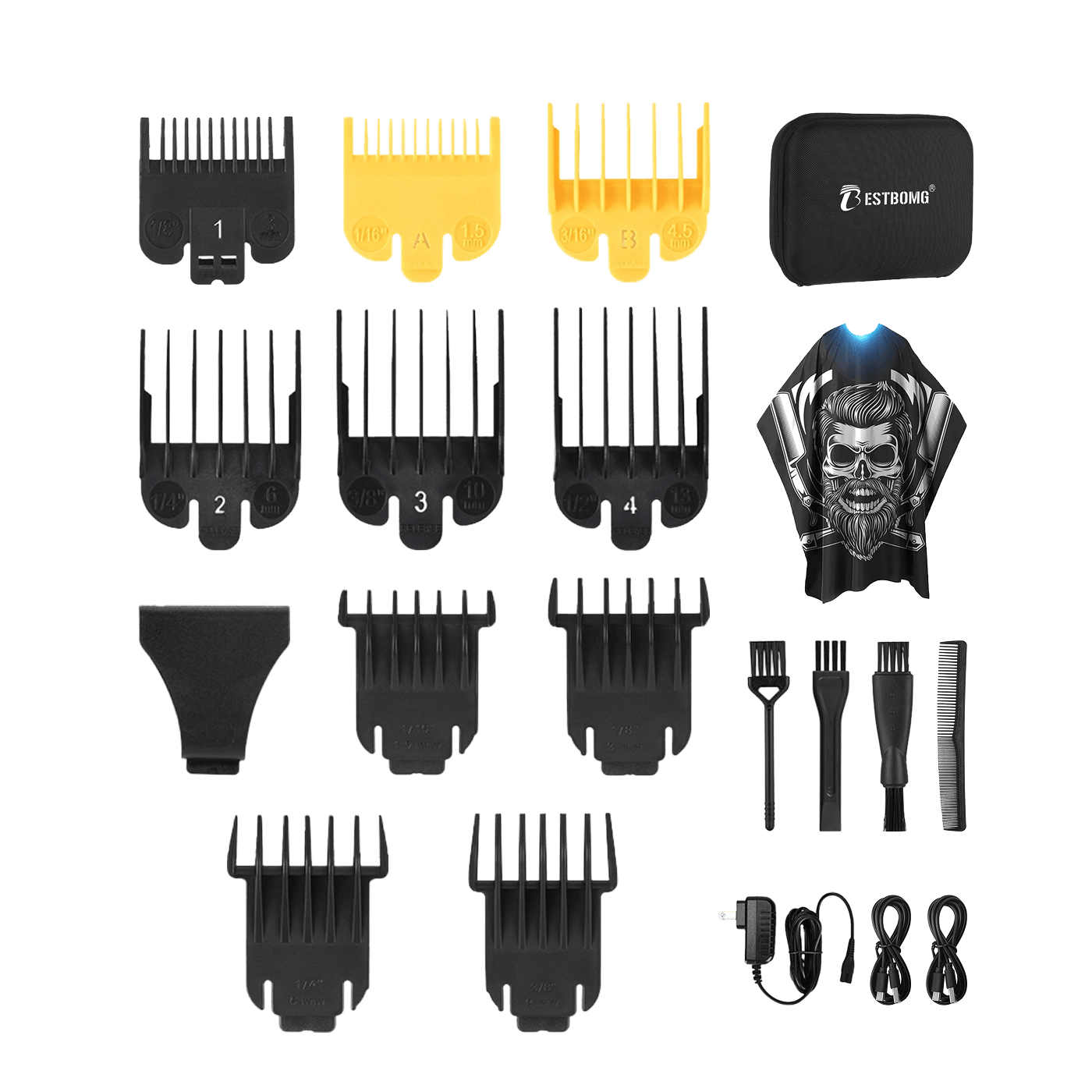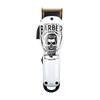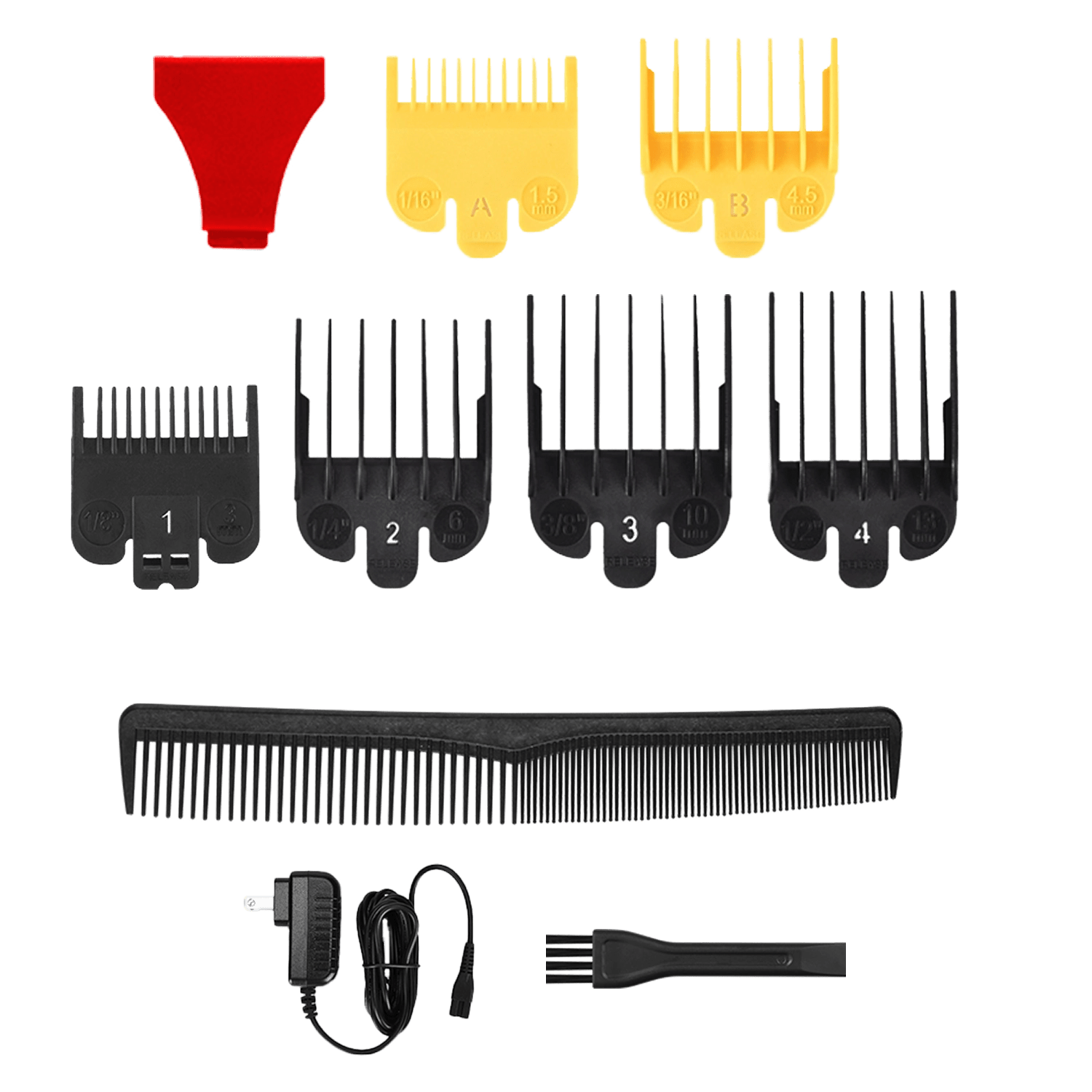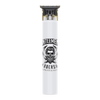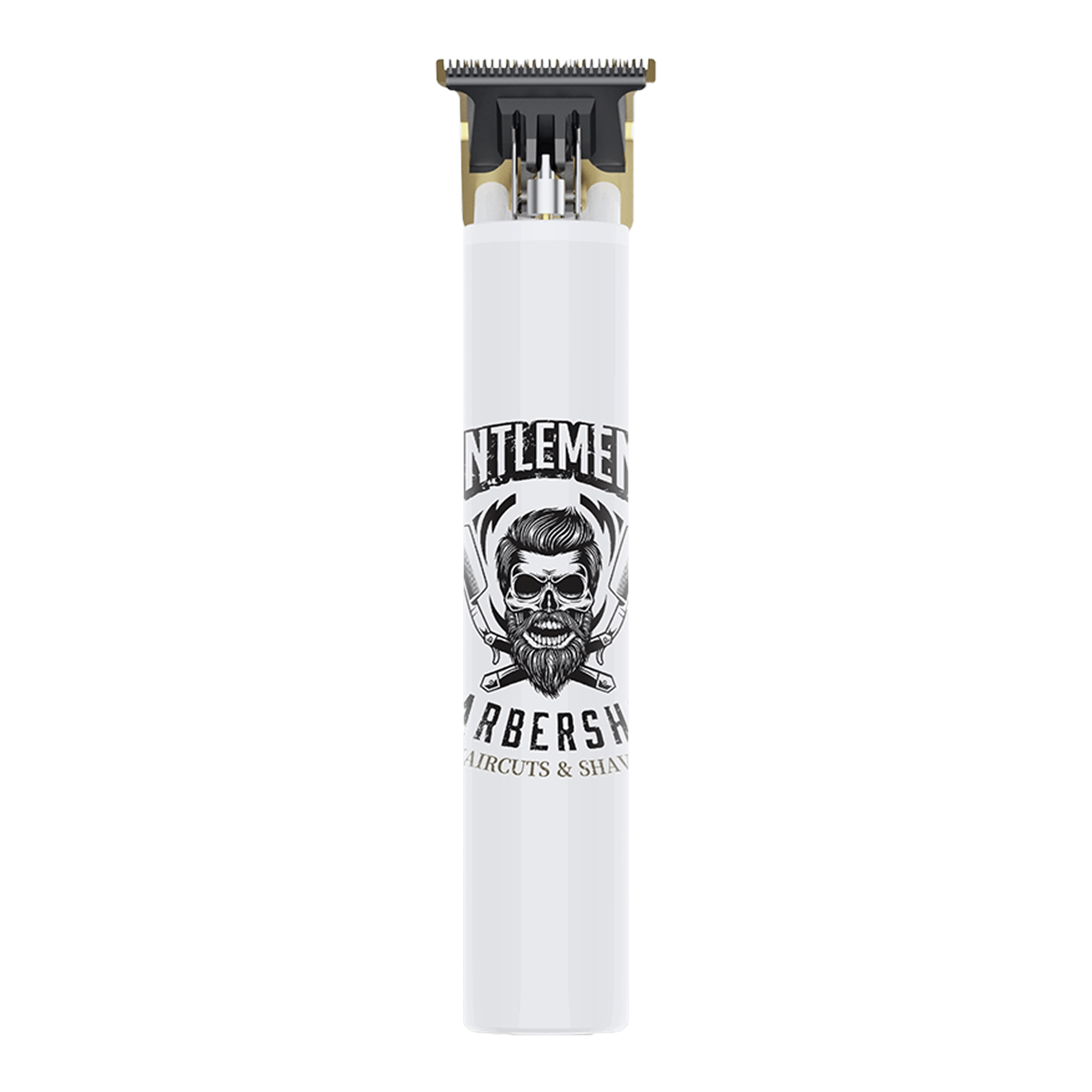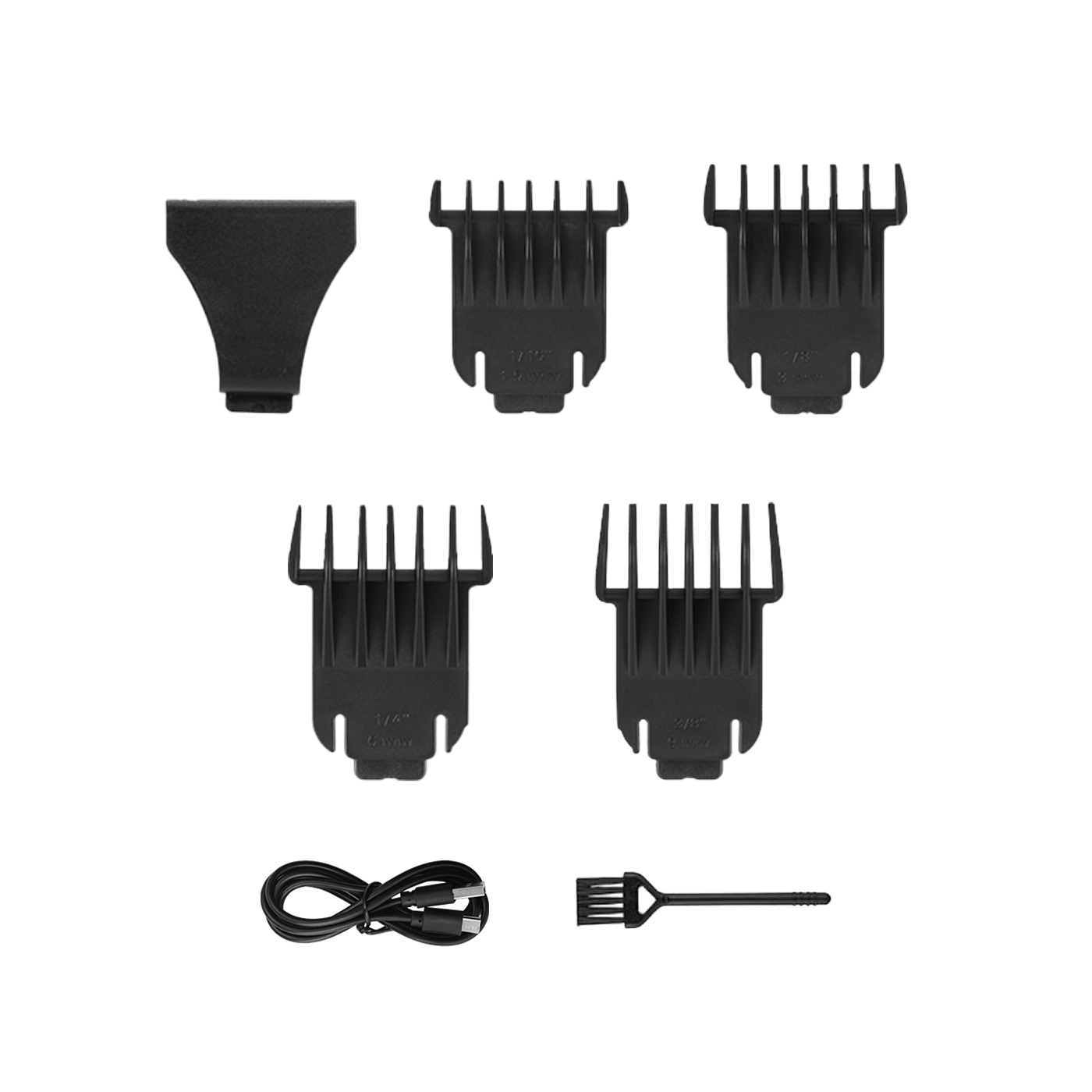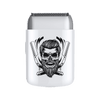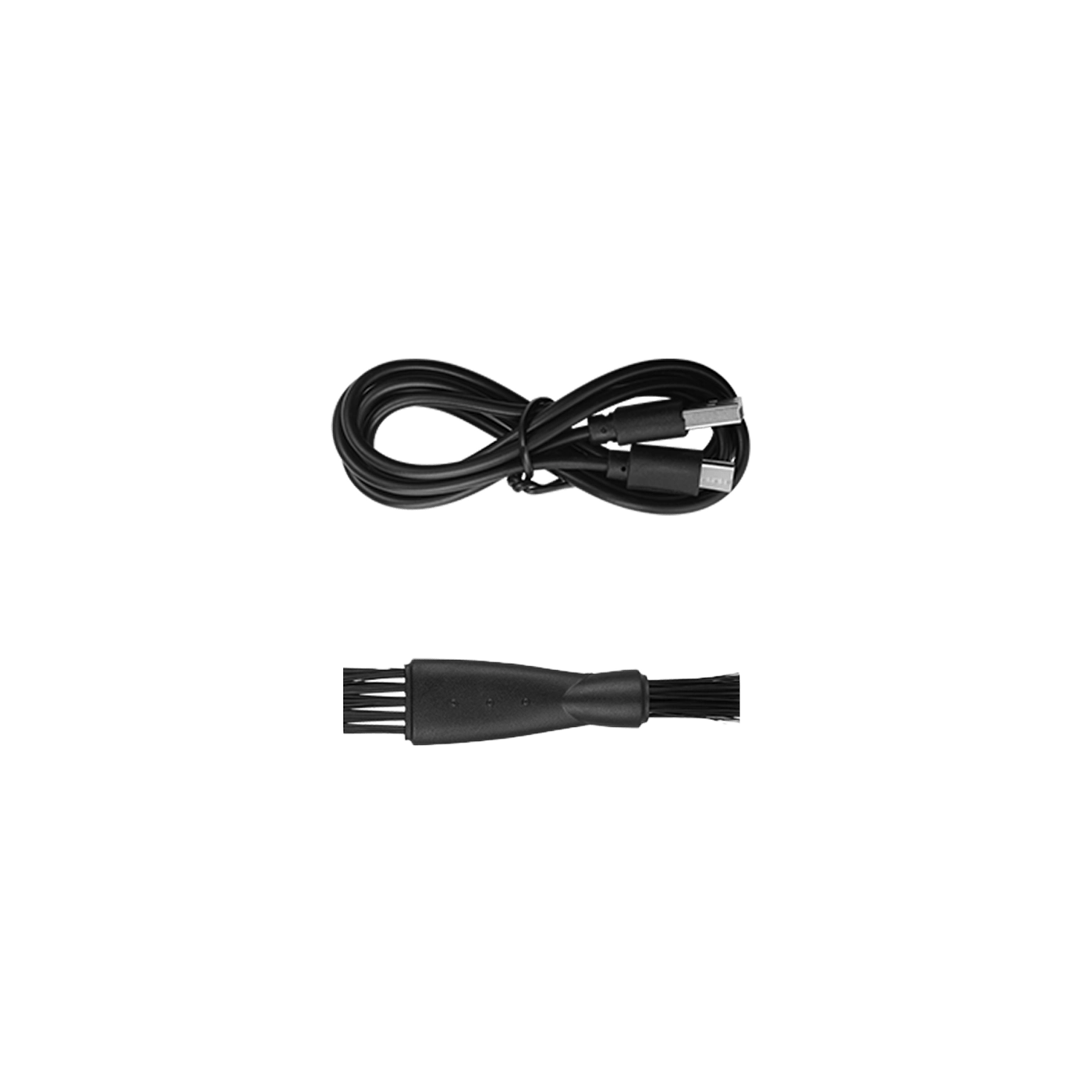Grooming your dog at home can save time and money, but using clippers requires proper technique to keep your furry friend safe and comfortable.
In this guide, you’ll learn how to cut dog hair at home with clippers, step by step, so you can maintain your dog’s coat between professional grooming sessions. Whether your dog has long or short hair, these tips will help make the process smooth and stress-free.
Preparing Your Dog for a Clipper Session
Before turning on the clippers, preparation is key:
- Brush Thoroughly: Remove tangles and mats to avoid snags.
- Trim Nails: Short nails prevent scratches and make your dog more comfortable.
- Clean Ears and Eyes: Clear debris to prevent accidents while clipping near the head.
- Calm Your Dog: Use treats, gentle praise, and short sessions to reduce stress.
A calm and prepared dog makes grooming safer and faster.
Choosing the Right Clippers
Not all clippers are suitable for dogs. Pick the right one for comfort and efficiency:
- Adjustable Blade Clippers: Let you control hair length easily.
- Cordless Clippers: Provide better maneuverability around tricky areas.
- Quiet Clippers: Reduce anxiety for noise-sensitive dogs.
- Durable Kits: Consider hair cutting kits for all-in-one grooming solutions
Using proper tools ensures a smoother cut and less stress for your dog.
Step-by-Step Clipping Guide
Follow these steps for a safe, even haircut:
- Start with Longer Blade: Prevent cutting too much hair at once.
- Clip in Hair Growth Direction: Reduces irritation.
- Hold Skin Taut in Loose Areas: Especially on belly and legs.
- Use Smooth, Even Strokes: Avoid pressing too hard.
- Trim Sensitive Areas Last: Face, ears, paws, and tail.
- Check for Evenness: Use natural light to spot missed spots.
Understanding Your Dog’s Coat

Before cutting, it’s essential to understand your dog’s coat type. Dogs can have single coats, double coats, or curly coats, each requiring different approaches:
- Single coat: Typically fine and smooth; easy to clip.
- Double coat: Thick undercoat beneath a topcoat; avoid shaving too short, especially in cold months.
- Curly coat: May need combing and careful clipping to prevent matting.
Preparing Your Dog for Clipping
Preparation is key for a safe and effective haircut:
- Brush thoroughly: Remove tangles and mats to prevent clipper jams.
- Trim nails: This reduces stress on your dog’s paws while grooming.
- Clean the ears: Ensures no hair or debris interferes with clipping around the head.
- Calm your dog: Use treats, a calm voice, and short sessions to keep your dog relaxed.
Starting with a clean and calm dog makes clipping faster and more comfortable.
Choosing the Right Clippers
Selecting the proper clippers ensures a smoother cut and reduces the risk of nicking skin:
- Adjustable blade clippers: Ideal for beginners, as you can control hair length.
- Cordless clippers: Offer better maneuverability.
- Quiet clippers: Helpful for noise-sensitive dogs.
How to Cut Dog Hair at Home: Step by Step
Follow these steps for a professional-looking trim:
- Start with a longer blade to avoid cutting too much initially.
- Clip in the direction of hair growth to prevent irritation.
- Hold the skin taut in loose areas like the belly and legs.
- Use smooth, even strokes and avoid pressing too hard.
- Trim sensitive areas last: face, ears, and paws.
- Check your work frequently in natural light to avoid uneven spots.
Patience is critical. Take breaks if your dog becomes anxious.
Safety Tips While Clipping

Prevent accidents and ensure comfort:
- Never clip matted fur without brushing first.
- Avoid clipping too short on double-coated breeds, which can lead to sunburn.
- Use sharp blades; dull blades pull hair and hurt the dog.
- Keep clippers moving; staying in one spot too long can burn the skin.
External resources like American Kennel Club grooming tips provide more safety guidelines.
Cleaning and Maintaining Clippers
Well-maintained clippers last longer and work better:
- Brush hair from blades after each use.
- Oil blades regularly to prevent friction and overheating.
- Remove and clean detachable blades when possible.
- Store clippers in a dry, safe place.
For more maintenance tools, visit electric shavers or beard trimmers for similar care instructions.
Tips for Specific Areas
- Face: Use small, precise strokes. Avoid pressing directly on the eyes.
- Paws: Clip between pads carefully.
- Tail: Use gentle strokes; dogs may be sensitive here.
- Belly: Stretch skin gently to prevent nicks.
Take your time on tricky spots, and always reward your dog afterward.
When to Seek Professional Help
Some situations require a groomer:
- Severe matting that cannot be brushed out.
- Skin conditions or injuries.
- Very anxious or aggressive dogs.
Professional groomers have experience and tools for challenging grooming tasks.
Grooming Long-Haired Dogs
Long-haired dogs, such as Shih Tzus or Malteses, require extra care:
- Detangle before clipping: Use a slicker brush or comb to remove mats.
- Use longer clipper guards: Start with a longer blade to avoid cutting too much at once.
- Trim in sections: Work in small areas to maintain control and evenness.
- Check for hidden mats: Under legs, behind ears, and around the collar are common spots for tangles.
Patience is key; long-haired breeds often need slower, more methodical grooming.
Grooming Short-Haired Dogs

Short-haired breeds like Beagles or Boxers are easier to groom but still need care:
- Use a shorter guard or no guard for uniform clipping.
- Go with the direction of hair growth to prevent skin irritation.
- Avoid pressing too hard: Even short-haired dogs can develop razor burn.
- Regular brushing before clipping helps remove loose hair and debris.
Short-haired dogs can tolerate faster grooming sessions, but comfort is still essential.
Handling Sensitive Areas
Some parts of your dog’s body are more sensitive and require extra attention:
-
Ears: Trim the hair around the outer ear gently, never inside the ear canal.
- Face: Use a smaller blade and smooth strokes; avoid eyes and nose.
- Paws: Clip between pads carefully; check for debris.
- Tail and belly: Stretch skin gently; these areas can easily nick or irritate.
Using a calm, reassuring voice and short strokes helps keep your dog relaxed during these delicate trims.
Advanced Grooming Tips for a Professional Look
Once you’re comfortable with basic clipping, you can refine your technique:
- Blend layers: Use different guard lengths to create smooth transitions between coat lengths.
- Shape the coat: Trim around the neck, chest, and legs to enhance the dog’s natural shape.
- Finishing touches: Comb the coat after clipping to remove loose hairs and spot uneven areas.
- Reward and repeat: Positive reinforcement encourages calm behavior for future grooming sessions.
These tips help achieve a professional-looking at-home haircut without stress.
Frequently Asked Questions
How often should I cut my dog’s hair at home?
Most dogs benefit from a trim every 6–8 weeks, depending on coat type and lifestyle.
Can I use human clippers on dogs?
No, human clippers can overheat and are not designed for dog hair thickness. Always use dog-specific clippers.
What blade length is best for beginners?
Start with longer blades (around ½ inch) to avoid cutting too much hair too quickly.
How do I prevent my dog from getting anxious during grooming?
Use treats, calm praise, and short sessions. Gradually build up to longer grooming times.
Is it safe to shave a double-coated dog?
Generally, shaving double-coated dogs is not recommended; it can damage the coat and affect temperature regulation.
Conclusion
Cutting dog hair at home with clippers can be easy and safe when you follow the right steps. Always prepare your dog, choose the proper tools, and take your time on sensitive areas.
For general grooming tools, explore hair clippers or hair cutting kits to get started. With patience and practice, at-home grooming can become a rewarding routine for both you and your dog.
Read more
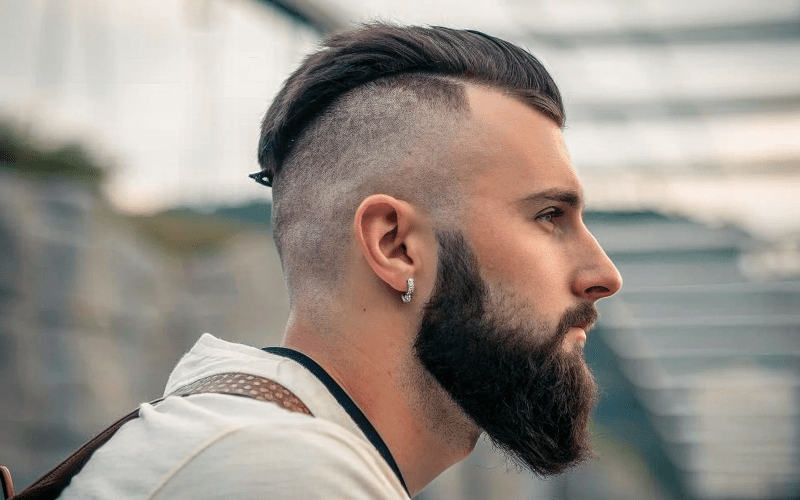
Undercut Haircut: Styles, Tips & Guide
The undercut haircut has become a timeless hairstyle for both men and women. Characterized by short or shaved sides with longer hair on top, the undercut allows for versatile styling and easy maint...

Side Part Haircut: How to Achieve a Classic Look
The side part haircut is a timeless style that works for men of all ages. Whether you’re aiming for a professional look or a casual everyday style, a side part can elevate your grooming game. In th...

